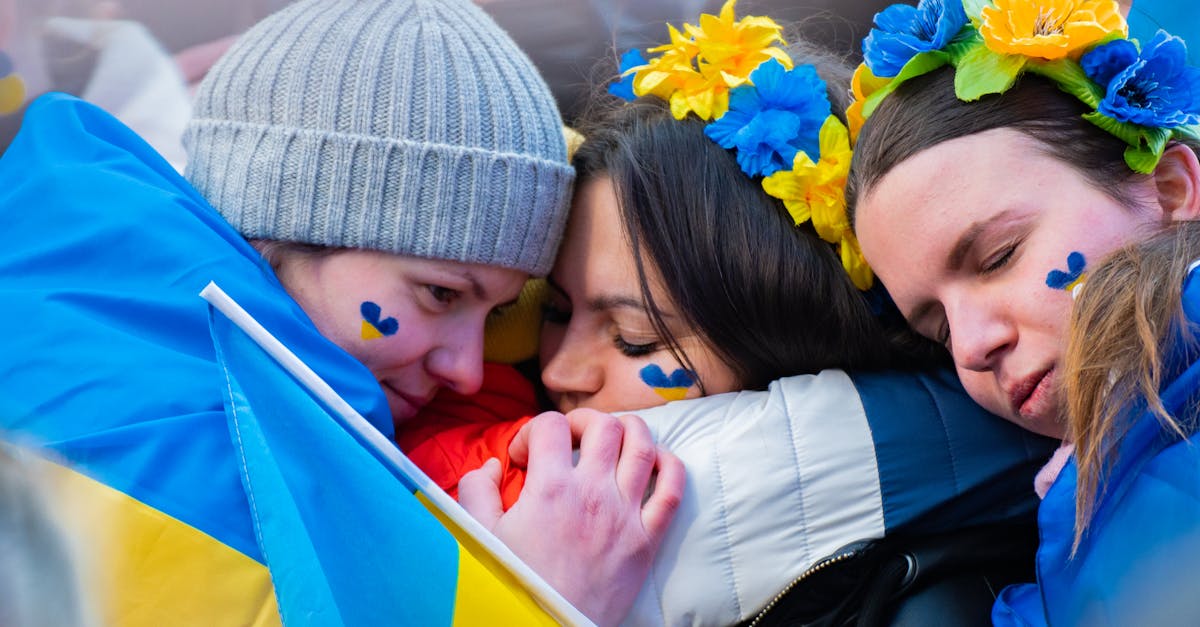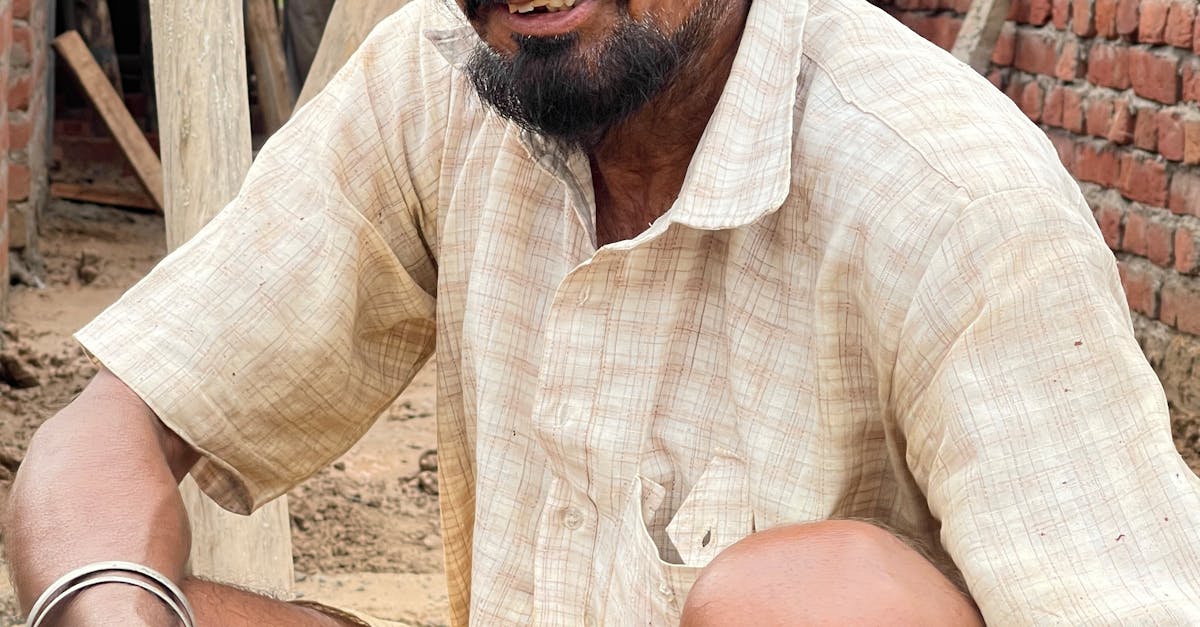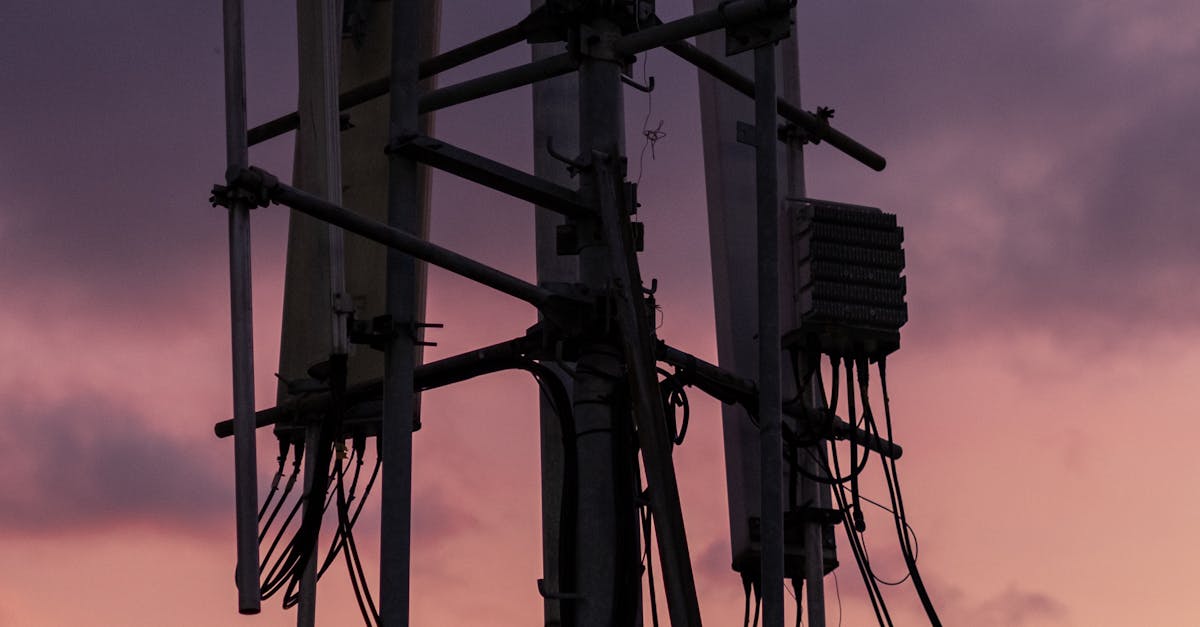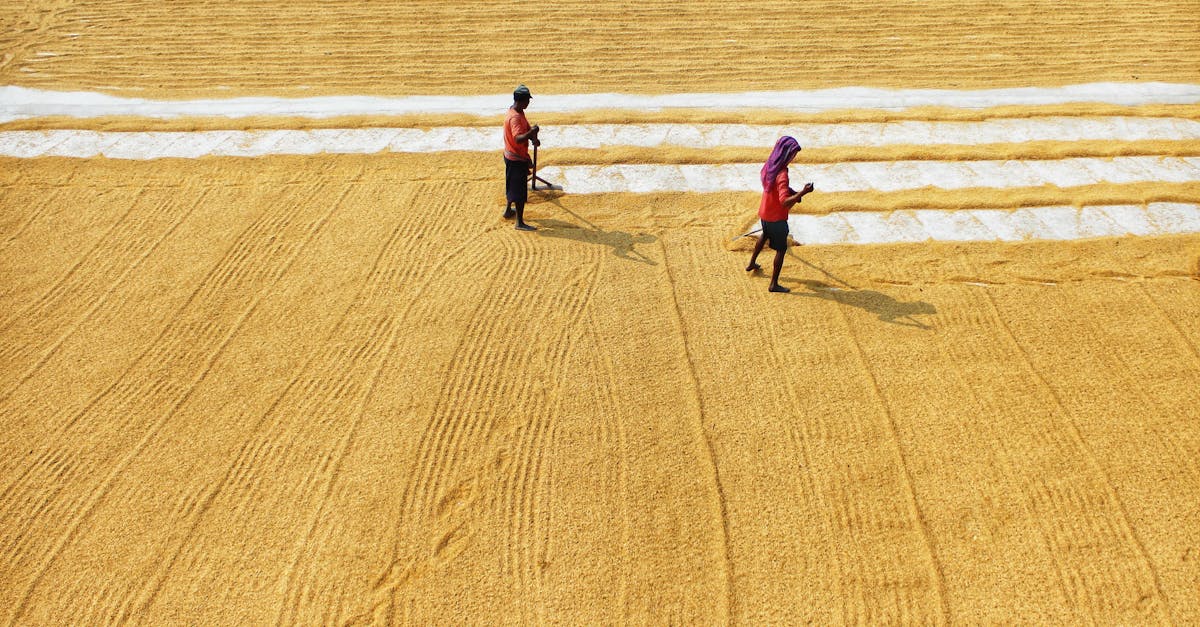Ladki Bahin Scheme
-
Ladki Bahin Yojana: A Key Welfare Scheme: Launched in 2024 by the Maharashtra government, the scheme aims to support economically disadvantaged women.
-
Financial Assistance: Eligible women receive ₹1,500 per month, distributed via Direct Benefit Transfer (DBT), supporting their financial independence.
-
Eligibility Criteria: Women aged 21-65, permanent residents of Maharashtra, with a family income not exceeding ₹2.5 lakh per annum, and no income taxpayer in the family are eligible.
-
₹17,500 Crore Disbursed: The Maharashtra government has disbursed ₹17,500 crore to 2.38 crore women under this scheme till December 2024.
-
Upcoming Installments: Eligible women will receive a combined installment of ₹3,000, covering February and March, on March 7, 2025, ahead of International Women’s Day.
-
Relief and Concerns: The delayed payments caused concern, but the upcoming payment provides relief.
-
Campaign Promise: The Mahayuti government initially promised to increase the monthly amount to ₹2,100 during the election campaign.
-
Future Amount Uncertain: Currently, there is no decision on increasing the monthly installment amount.

Space Junk Threat
-
Incident in Kenya: A 500kg metal object, identified as likely a rocket separation ring, crashed in Kenya, raising concerns about space debris and highlighting the risks of uncontrolled reentries.
-
Growing Problem: Space debris is increasing due to the rise in space activity, including more launches of rockets, satellites, and spacecraft.
-
Legal and Accountability Challenges:
- No universally accepted legal definition of space debris.
- The Outer Space Treaty (1967) holds states responsible, but enforcement is weak.
- The 1972 Convention imposes liability for damage, but enforcement is a challenge, especially if debris is not under state jurisdiction.
- Gaps in governance exist, with no binding rules for uncontrolled reentries before damage occurs.
-
Risks and Impacts:
- Large debris can destroy satellites, and even small fragments can cause damage.
- Uncontrolled reentries of large objects (like rocket stages) pose a threat.
- The Kessler Syndrome – a chain reaction of collisions, could render orbits unusable.
-
Lack of Enforcement: The UN guidelines for deorbiting satellites within 25 years are voluntary with only 30% compliance.
-
Needed Changes:
- Stronger global regulations are required to mandate controlled reentries and penalties for non-compliance.
- Improved space debris tracking systems are needed.
- Modernization of the 1972 Liability Convention to include an independent international tribunal with binding enforcement powers is needed.
- Countries must strengthen domestic policies, including debris mitigation strategies for launch licenses.
Crypto Regulation Balance
-
The Need for Balanced Regulation: India faces a critical decision to either embrace crypto innovation with clear policies or impose restrictive measures. A balanced approach is crucial.
-
Global Context: The US is solidifying crypto’s place in finance. Countries like Switzerland and the UK have implemented frameworks fostering innovation while ensuring investor protection. El Salvador adopted Bitcoin, showcasing its potential for financial inclusion.
-
India’s Current Situation: India’s regulatory uncertainty (high taxes, compliance mandates) hinders blockchain entrepreneurs and investors. The RBI’s concerns and skepticism have shaped policy.
-
Why India Needs a Policy:
- Preventing Talent Exodus: Blanket bans drive talent to crypto-friendly countries.
- Integrating into Global Finance: Embrace crypto to attract investment and foster growth.
- Leveraging Technology: Develop expertise in crypto technologies for technological advancement.
- Encouraging Innovation: Blockchain offers potential for innovative business models.
- Enhancing Investor Protections: Implement measures against mis-selling and fraud.
-
Challenges of Cryptocurrency: Market volatility, risk of misuse (money laundering), scalability issues, and economic imbalances.
-
Way Forward:
- Regulatory Clarity: Differentiate crypto assets based on use cases.
- Investor Protection: Dispute resolution, fraud prevention mechanisms.
- CBDC Integration: Coexist with India’s digital rupee, with clear guidelines.
- Taxation Reform: Balance tax structure to encourage domestic innovation.
- Public-Private Collaboration: Engage with industry, startups, and international bodies.
Trading on Secrets
- What Happened: Nestle India received a warning from SEBI for a breach of insider trading regulations by a designated person within the company.
- What is Insider Trading: It’s the illegal practice of buying or selling a company’s securities based on confidential, non-public information (Unpublished Price Sensitive Information or UPSI).
- Who is an Insider: Anyone with access to UPSI, including employees, directors, relatives, and anyone associated with the company in the last six months.
- What is UPSI: Exclusive information about a company’s stock prices, results, acquisitions, or other sensitive activities not yet public.
- Why it Matters: Insider trading is illegal in India and undermines fair market practices, impacting investor trust.
- Regulations: SEBI regulates insider trading under the Insider Trading Regulations, 2015. It can impose fines and trading bans on those who violate the rules.
- SEBI’s Actions: SEBI prohibits firms from purchasing their own shares from the secondary market to prevent insider trading.
- Nestle’s Response: Nestle India stated the warning had no impact on its financial or operational capabilities but didn’t provide specifics.
- Consequences: Individuals involved in insider trading can face fines and be prohibited from trading in the capital market.
Loss & Damage Fund
-
US Withdrawal: The United States has withdrawn from the Loss and Damage Fund (LDF).
-
Impact on Climate Justice: The withdrawal is a setback for global climate justice, undermining efforts to compensate developing countries for climate change damages.
-
Fund’s Purpose: The LDF aims to support vulnerable and developing nations impacted by climate change, addressing both extreme weather events and slow-onset events.
-
Historical Context: The concept of “Loss and Damage” emerged from island nations’ concerns in 1991 and gained prominence under the Paris Agreement. It was formally established at COP27.
-
Operationalization and Funding: Operationalization of the fund was planned for January 1, 2025. Several countries have already pledged significant contributions, including the UAE, UK, and EU.
-
US’s Historical Responsibility: The US, as a major historical emitter, bears a significant responsibility for climate impacts. Its withdrawal is seen as obstructing climate finance and accountability.
-
Governance: The LDF is governed by a board, with the World Bank serving as the interim trustee. The US withdrawal also entails removal of its representatives from the governing board.
-
Criticism: Climate activists are criticizing the decision, pointing to a pattern of US obstruction on climate finance, calling for accountability and fair contributions.
-
AGN’s Disappointment: The African Group of Negotiators (AGN) expressed strong disappointment, emphasizing the detrimental impact on vulnerable nations already suffering from climate change.
Starship
- Explosion: SpaceX’s Starship exploded shortly after liftoff in Texas, marking the second consecutive failure this year.
- What is Starship: A two-stage, fully reusable launch vehicle comprising the Starship spacecraft (for crew/cargo) and the Super Heavy rocket (booster).
- Super Heavy’s Power: The Super Heavy booster uses 33 Raptor engines, the most powerful ever developed, which run on liquid methane and liquid oxygen.
- Payload Capacity: Starship can carry up to 150 metric tonnes fully reusable and 250 metric tonnes expendable.
- Capabilities: Designed for missions to Earth orbit, the Moon, Mars, and point-to-point travel on Earth.
- Engines: Starship is powered by six Raptor engines, including three Raptor Vacuum engines for use in space.
- Failure Cause: Premature engine shutdowns, likely caused by fuel flow issues or overheating.
Women’s Day 2025
-
International Women’s Day 2025 & Beijing+30: IWD 2025 coincides with the 30th anniversary of the Beijing Declaration, offering a crucial opportunity to assess progress and accelerate gender equality.
-
Theme: “Accelerate Action”: The focus will be on actionable steps to advance gender equality, particularly in education, employment, and leadership.
-
Historical Context: Pre-Independence Women’s Education: The celebration provides a chance to highlight the struggles and achievements of female revolutionaries who championed women’s education in India.
-
Key Figures: Savitribai Phule, Fatima Sheikh, Pandita Ramabai, Chandraprabha Saikiani, Begum Rokeya Sakhawat Hossain, and Sarala Ray, among others, are highlighted.
-
Challenges Faced: They confronted societal barriers, including caste and religious discrimination, limited access, and societal norms that limited women’s access to education, such as prepubertal marriages and the purdah system.
-
Impact & Legacy: Their work laid the groundwork for women’s empowerment and inspired generations to pursue education, despite initial challenges.
-
Relevance Today: Despite progress, women still face discrimination in education, with lower enrollment and retention rates, and experience violence/harassment.
-
Emphasis on Domesticity: Education, in pre-independence times, primarily aimed to equip women to become “good wives and mothers,” rather than provide them with opportunities for self-actualization.
Brahmastra
-
High Speed: The Long Range Anti-Ship Missile (LRAShM), a modern-day “Brahmastra,” travels at a hypersonic speed of 12,144 km/hour, or Mach 10 (10 times the speed of sound).
-
Developed by DRDO: The missile was developed by India’s Defence Research and Development Organisation (DRDO).
-
Extended Range: It boasts a range of 1,500 km, allowing it to target enemy vessels from a significant distance.
-
Rapid Targeting: The missile can obliterate enemy ships or warships within 7 to 8 minutes of launch.
-
Versatile Deployment: It can be launched from both land and sea platforms, increasing strategic flexibility.
-
Superior Technology: It is claimed to outperform similar missiles like China’s DF-17 in terms of range and technology.
-
Advanced Materials: Special heat-resistant materials are used to withstand extreme temperatures during flight.
Tunga River
-
Pollution Concerns: The Karnataka State Pollution Control Board (KSPCB) has identified seven sources of pollution in the Tunga River. This is a significant concern because of the river’s importance and pristine water reputation.
-
Encroachment Investigation: The district administration is investigating encroachments along the riverbanks. This highlights potential threats to the river’s ecosystem and flow.
-
Origin and Course: The Tunga River originates in the Western Ghats at Gangamoola (a cave inside Varaha Parvata) and flows for 147 kilometers. This demonstrates the geographical and ecological importance of the river.
-
Confluence and Formation of Tungabhadra: The Tunga merges with the Bhadra River at Koodli, forming the Tungabhadra River, which eventually joins the Krishna River. This illustrates the interconnectedness of rivers and their impact on larger water systems.
-
Religious Significance: The Tunga River is home to several temples, including Sringeri, the Sarada Temple and the Vidyasankara Temple, illustrating the river’s cultural and religious importance.
-
Dam: Gajanur (Tunga) is an s-shaped dam constructed over the river.
Ancient Impact Crater
- Discovery: Scientists in Australia have identified the world’s oldest known meteorite impact crater, named the North Pole Crater.
- Location: Located in the North Pole dome region of northwestern Australia (Pilbara region).
- Age: Estimated to be 3.47 billion years old, making it significantly older than any previously known impact crater.
- Impact: Formed by a meteorite striking Earth at high speed, creating a crater over 100 kilometers wide. The impact may have sent debris across the planet.
- Significance:
- Challenges existing understanding of Earth’s ancient history.
- Potentially reshapes understanding of the origins of life.
- Impact on Life: The crater might have created environments, such as hot water pools, favorable for microbial life.
- Geological Evidence: Presence of shatter cones, distinctive rock formations indicative of extreme impact pressure, provides strong evidence.
- Research Implications: The discovery may influence our understanding of crust formation and how the Earth evolved billions of years ago. Future studies in the Pilbara region are planned.
- Skepticism: Some scientists suggest that while the discovery is interesting, more evidence is needed to fully understand the crater’s size and role.
- Journal Publication: The study was published in the journal Nature Communications.
Fuzzy Mice
-
Scientists have created “woolly mice” using gene editing technology. They edited the mouse DNA with genes associated with traits of woolly mammoths.
-
The purpose is to test the feasibility of gene editing for de-extinction efforts and studying cold adaptation.
-
Researchers identified genetic differences between woolly mammoths and their closest living relative, the Asian elephant. They focused on genes related to hair traits.
-
Scientists made eight edits to modify seven genes in mice, impacting traits like hair length, texture, and color, to create a woolly coat.
-
The woolly mice have thicker, longer fur and potentially altered cold resistance, as predicted.
-
Some scientists have questioned the significance of the research, pointing out that it is not the creation of a mammoth.
-
The modifications included editing the FGF5 gene (affecting hair length), several genes related to hair follicle development and structure, and MC1R for coat color (golden).
-
The company views this as a milestone in gene editing, demonstrating the ability to express desired traits based on extinct animal genetic data.
-
The company claims this might help in biodiversity conservation, through gene editing as a tool for saving species from extinction.
CPSE Budget Reliance
-
Key Issue: Central Public Sector Enterprises (CPSEs) are increasingly dependent on budgetary support from the government for their capital expenditure (capex), rather than self-financing or attracting private investment.
-
Why it Matters: This shift raises concerns about the financial sustainability, autonomy, and long-term growth potential of CPSEs. Increased reliance on government funding can strain fiscal resources and limit funds for other crucial social and developmental programs.
-
Concerns:
- Rising Budgetary Support: Government support for CPSEs has surged (over 150% in five years), while Internal and Extra Budgetary Resources (IEBR) have declined.
- Reduced Private Investment: Dependence on government funds has discouraged private sector participation, notably impacting sectors like the road sector.
- Debt Burden: High debt levels limit CPSEs’ ability to raise capital and independently respond to market dynamics.
- Policy Constraints: Government pressure for high dividend payouts over reinvestment limits growth.
- Mergers & Acquisitions (M&As): M&As have adversely affected cash reserves, limiting capex abilities
-
Consequences:
- Slower decision-making due to a lack of financial flexibility.
- Hindered long-term development.
- Potential fiscal strain.
-
Road Sector Specific Concern: NHAI, for instance, has seen IEBR fall to zero, with reliance solely on budgetary support.
-
Proposed Solutions: Encourage disinvestment, policy reforms, digital transformation, independent capital raising, and balanced dividend payouts to ensure long-term sustainability.
Bangus Valley
- Ecotourism Push: The Jammu and Kashmir government is introducing new rules to promote Bangus Valley as an ecotourism destination. This is to prevent the mistakes made in other tourist spots.
- Location and Features: Bangus Valley is a remote area near the Line of Control (LoC) in Kupwara district, known for its pristine environment and bowl-shaped valleys at high altitudes.
- Motivation: The government’s decision stems from a desire to prevent the unplanned growth seen in popular spots like Pahalgam, Gulmarg, and Sonamarg, which has led to ecological imbalance.
- Development Focus: Plans include constructing basic recreational facilities, rain shelters, waste disposal, etc. The aim is to promote sustainable tourism.
- Local Involvement: The government will register paying guest houses to support the local shepherds, nomads, and other residents.
- Existing Infrastructure: Currently, 19 paying guest houses are registered with the Department of Tourism in the proximity of Bangus Valley.
- Context: Bangus Valley is near the LoC, previously used as an infiltration route. It is approximately 100 km from Srinagar.
- Environmental Protection: The government is trying to maintain ecological balance by avoiding large building and hotels.
- Uncontrolled Construction: The government has taken actions against unauthorized construction, issuing notices and conducting demolition drives.
Global Spices
- Low Market Share: Despite being a leading spice producer, India holds a small 0.7% share in the $14 billion global seasoning market (2024), far behind China (12%) and the USA (11%). This highlights a significant growth opportunity for India.
- India’s Export Scenario: India currently exports $4.5 billion worth of spices, representing a quarter of the $20 billion global spice market. However, only 48% of these exports are value-added products.
- Objective: To achieve the Spices Board of India’s export target of $10 billion by 2030, the country’s share in value-added spices should increase to 70%.
- Focus on Value Addition: The World Spice Organisation (WSO) aims to boost India’s value-added spice exports. Exploring nutraceutical and pharmaceutical applications of spices could be a key strategy.
- Domestic Consumption and Global Competition: A large 85% of India’s spice production is consumed domestically, and there are other active global spice players like Vietnam, Indonesia, Brazil, and China.
- Production and Expansion: WSO is working with FPOs to improve safety, quality, and sustainability in spice cultivation. The focus is on increasing production, decreasing production costs, and improving quality, and finding new ways of useful consumption for the spices.
- Geographical Expansion: India has 15 agro-climatic zones which helps grow spices, and North Eastern regions, Odisha and Jharkhand are emerging as significant spice producers.
- WSO’s Role: The WSO, as a platform, unites all stakeholders in the spice industry, from farmers to end-users, to promote sustainable practices, quality, and safety through training and research. The WSO also works with prominent national and international organisations.
- Initiatives: WSO collaborates with various organizations, including the Spices Board India and the Indian Institute of Spice Research (IISR), on initiatives that promote sustainability and biodiversity.
- Headquarters: Kochi, Kerala.
Classification Test
- Reasonable Classification Test: Defined. A legal principle under Article 14 of the Indian Constitution. Allows grouping of individuals/entities based on clear distinctions relevant to the law’s objective, ensuring fair treatment. Prevents arbitrary discrimination, acknowledging differences.
- Essential Features: Requires clear, reasonable distinctions logically connected to the law’s purpose. Prevents arbitrary selection of large groups for different treatment, ensuring justified differences.
- Significance: Supports tailored laws for distinct societal conditions, ensuring equal treatment doesn’t lead to unfairness. Guides lawmakers and judges in interpreting statutes. Assesses law legitimacy to prevent irrational outcomes and allows courts to review and nullify arbitrary actions.
- Limitations: Can lead to unjust differentiation and violate rights if misapplied. Classification factors can be subjective, causing inconsistent judicial interpretations.
- Anwar Ali Sarkar Case, 1952: The Genesis. Supreme Court invalidated a law allowing arbitrary case referral to special courts, establishing the “reasonable classification” test. Sarkar was accused of leading an attack on a factory, leading to arrests.
- Background of the Case: Sarkar was accused of a brutal attack on the Jessop factory that led to multiple deaths. The government enacted special courts, which denied basic rights to the accused.
- SC Ruling and Impact: The Supreme Court ruled in favor of Sarkar, invalidating the law and emphasizing that the Constitution’s protections extend to all citizens, even in unpopular cases. The classification must be based on “intelligible differentia” and “rational relation” to the object of the law.
Power Authority
-
Key Point: The Central Electricity Authority (CEA) issued guidelines to promote efficient allocation, sharing, and utilization of optical fibers.
- Why: This action aims to improve resource management within the power sector.
-
Key Point: The CEA is a statutory body, an “Attached Office” of the Ministry of Power.
- Why: This clarifies its legal standing and organizational structure within the government.
-
Key Point: CEA’s Mandate:
- Why: They advise on national electricity policy and plans.
- Why: They coordinate planning agencies.
- Why: They specify technical and safety standards for electrical infrastructure and grid operations.
- Why: They promote scheme completion, skill development, and research.
- Why: They collect, record, and disseminate data related to electricity generation, transmission, trading, distribution, and utilization.
- Why: They advise governments, licensees, and generating companies.
-
Key Point: The CEA is headed by a Chairman, who is also ex-officio Secretary to the Government of India, and comprises six full-time Members.
- Why: This defines the leadership and structure of the CEA.
Amrut Park
-
Inauguration: Lieutenant Governor VK Saxena inaugurated the Amrut Biodiversity Park near the Commonwealth Games Village in Delhi.
-
Project’s Purpose: The park aims to provide a clean and refreshing environment and increase green spaces in Delhi.
-
Theme: The park distinguishes itself with a theme centered around India’s freedom struggle, featuring tracks like ‘First War of Independence,’ ‘Santhal Rebellion,’ and others.
-
Location and Size: Spanning approximately 115 hectares, the park is located along National Highway 24.
-
Plant Life: The park features 14,500 native plant and tree species and 3.2 lakh riverine grasses.
-
Water Management: The park incorporates four water bodies and dredged areas to restore the site’s hydrology and manage stormwater. An augmentation of 225 million litres of water is being done, as per DDA.
-
Name Significance: The name “Amrut” symbolizes purification and rejuvenation, reflecting the transformation of the area.
-
Joint Venture: It’s a collaboration between the Delhi Development Authority (DDA) and the CSIR-National Botanical Research Institute.
-
Future Plans: Plans include a small café within the park for visitors.
-
Backlash & Concerns: Environmental activists have raised concerns about its flood-prone nature and financial viability.
SD Summit 2025
-
Event: World Sustainable Development Summit (WSDS) 2025 inaugurated in New Delhi.
- Why: Highlights India’s commitment to sustainable development and provides a global platform to discuss climate solutions.
-
Organizer: The Energy and Resources Institute (TERI).
- Why: TERI is a reputable organization, making the summit a credible platform.
-
Theme: ‘Partnerships for Accelerating Sustainable Development and Climate Solutions’.
- Why: Emphasizes the necessity of collaboration across sectors to achieve sustainability goals.
-
Key Components: SDLA awards, Ministerial and High-Level Sessions, Thematic Tracks, CEO Forum, Youth Connect.
- Why: Offers diverse platforms for discussions, recognition, and engagement with different stakeholders (leaders, experts, youth, and business leaders).
-
Historical Context: Evolved from the Delhi Sustainable Development Summit (DSDS) in 2001.
- Why: Shows the summit’s established history and expanding international focus.
-
India’s Role: The Union Minister highlighted India’s efforts like ISA, CDRI, and LiFE.
- Why: Underscores India’s leadership and proactive role in global sustainability initiatives under PM Modi’s leadership.
Gut, Bacteria & Vitiligo
- Gut Bacteria & Vitiligo Link: Research suggests gut-friendly bacteria may play a crucial role in treating vitiligo, an autoimmune disorder causing skin depigmentation.
- New Research Findings: A pre-clinical trial in mice found that a microbial compound derived from gut-friendly bacteria slowed vitiligo progression and potentially restored pigmentation. This compound significantly suppressed disease progression in mice, making a “spectacular difference”.
- Mechanism of Action: The microbial product reduced harmful T cells attacking pigment-producing cells (melanocytes) and increased protective regulatory T cells.
- Potential for Treatment: This could offer hope, either as a standalone therapy or combined with existing treatments.
- Global & Indian Prevalence: Vitiligo affects 0.5%–2% of the global population; India’s prevalence is between 0.25% and 4%, with higher rates in some regions.
- Impact of Vitiligo: The condition can cause emotional distress and impact self-confidence.
- Early Intervention: Early treatment is vital.
- Future Steps: Researchers are exploring simpler application methods (food additive/ointment) for human use, and its effectiveness in other autoimmune diseases.
- Significance of the Research: The research suggests that vitiligo patches can have a profound effect, particularly during adolescence and youth.

Cluster Munitions Treaty
-
Lithuania’s Withdrawal: Lithuania, a NATO member, has withdrawn from the Convention on Cluster Munitions (CCM). This decision is driven by security concerns related to neighboring Russia and its invasion of Ukraine.
-
CCM Basics: The CCM is an international treaty banning the use, production, transfer, and stockpiling of cluster bombs. It was adopted in 2008 and came into force in 2010. Major powers like the USA, Russia, and China are not signatories.
-
Why Lithuania Left: Lithuania aims to strengthen its defense capabilities. It believes withdrawing from the convention allows for more effective defense against large-area targets, viewing cluster munitions as a potential tool.
-
Criticism: Human rights groups like Amnesty International and Human Rights Watch have strongly criticized Lithuania’s move, calling it “disastrous” and “alarming.” They fear it could endanger civilians.
-
Cluster Munitions Controversy: Cluster munitions are controversial due to their wide-area effect, causing indiscriminate harm, and high failure rates, turning unexploded bomblets into de facto landmines that can harm civilians.
-
Russia and Ukraine: Both Russia and Ukraine have used cluster bombs in the ongoing war and are not members of the CCM.
-
Broader Implications: Lithuania’s decision could set a “dangerous trend” by encouraging other countries to reconsider commitments to humanitarian disarmament treaties, particularly during times of heightened security concerns.
Jan Aushadhi Day
-
Jan Aushadhi Diwas: Celebrated annually on March 7th to raise awareness about affordable generic medicines under the Pradhan Mantri Bhartiya Janaushadhi Pariyojana (PMBJP).
-
PMBJP’s Objective: To provide quality medicines at affordable prices, improving healthcare accessibility for all, especially the marginalized. Aims to counter the misconception that higher prices indicate better quality.
-
2025 Theme: “Daam Kam – Dawai Uttam,” emphasizes affordable and high-quality medicines.
-
Key Initiatives: The Jan Aushadhi scheme includes various initiatives like awareness campaigns, encouraging prescriptions of generic drugs, and expanding access to essential medicines through Jan Aushadhi Kendras (PMBJKs).
-
PMBJKs Features: PMBJKs offer medicines at 50-80% lower prices than branded alternatives. Incentives up to Rs. 20,000/- is given for the monthly purchases and a one-time incentive of Rs. 2.00 lakh is provided for specific areas/categories of operators.
-
Suvidha Sanitary Napkins: Launched in 2019 at Rs 1 per pad, with sales reaching 72 crore by January 2025, ensuring health security for Indian women.
-
Jan Aushadhi SUGAM App: The app helps users to locate nearby Kendras, compare prices, and find affordable alternatives.
-
7-Day Celebration: Week-long events are organized to promote the scheme, including health camps, awareness seminars, and volunteer campaigns. This year, the celebration was flagged off on March 1.
-
Impact and Growth: PMBJP has expanded significantly, with over 15,000 Janaushadhi Kendras operational across the country, improving healthcare affordability and creating self-employment opportunities.
Bangus Valley
- Ecotourism Push: The Jammu and Kashmir government is promoting Bangus Valley as an ecotourism destination to counter unplanned development in popular spots like Pahalgam, Gulmarg, and Sonamarg.
- Location and Features: Bangus Valley is near the Line of Control (LoC) in Kupwara district, north Kashmir. It comprises two bowl-shaped valleys (Bodh Bangus and Lokut Bangus) surrounded by mountains and features grasslands and dense coniferous forests.
- Development Strategy: The focus is on creating basic recreational facilities, public conveniences, and waste disposal, avoiding large-scale construction. Land parcels are being identified by the Deputy Commissioner of Kupwara with permission for forest clearance to be done by the Forest department.
- Local Livelihood: The Tourism Department is registering paying guest houses to support local shepherds, nomads, and inhabitants. This aims to preserve local culture and provide immersive tourist experiences.
- Context of Decision: The move comes due to uncontrolled construction in other tourist areas, with measures such as demolition drives in Pahalgam to curb illegal building activities.
- Significance: Bangus Valley is an addition to the list of tourist spots near the LoC, offering a serene environment and potential for unique tourism experiences.














